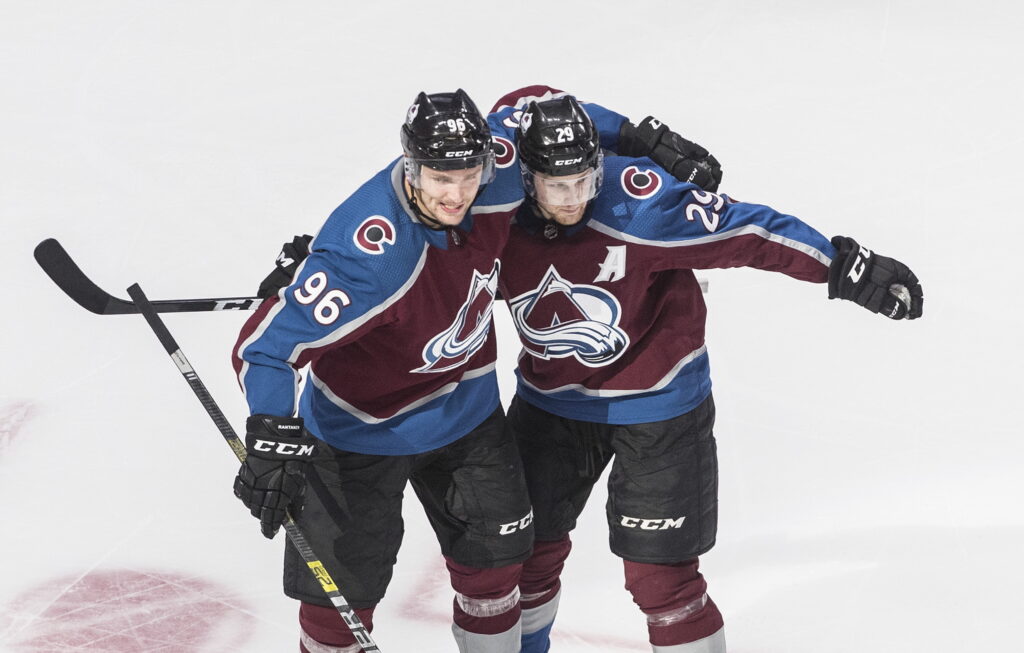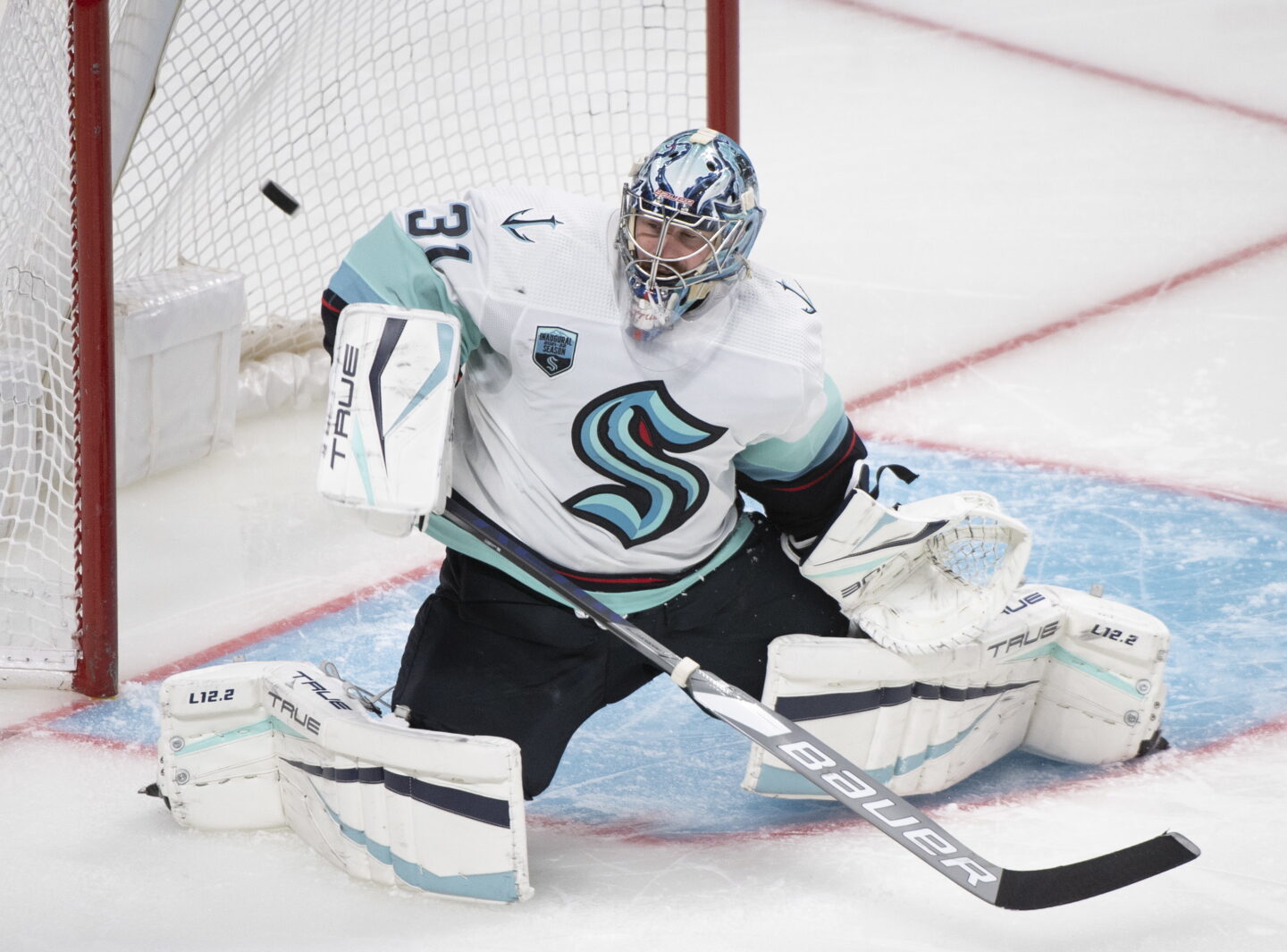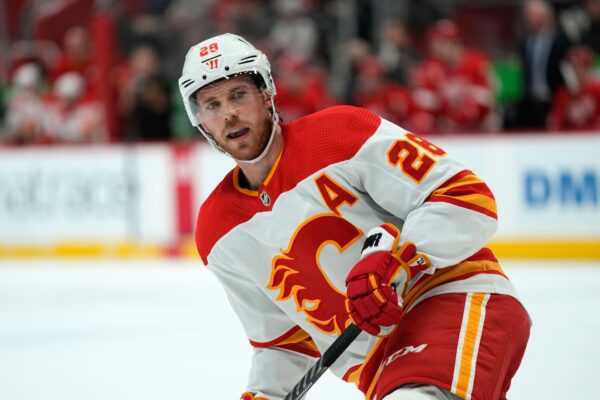It’s here! We’re finally at the Post Season of the 2022/23 NHL season and it’s been another eventful 1312 games.
We’ve seen some real surprises like the complete decimation of the Calgary Flames or the Vancouver Canucks recording their worst ever season since their creation.
We’ve also witnessed the Boston Bruins completely boss the Regular Season. While recording 54 regulation wins, they also hit the franchise’s all-time highest points tally since the formation of the modern NHL, 135 to be exact.
Then there’s the string of player career milestones. Alex Ovechkin beat the GOAT Wayne Gretzky’s 12 consecutive 40-goal seasons with his 13th season. Then, there’s the Edmonton Oilers’ talisman Connor McDavid and his all-time goal and points highs.
We now in the race for the Stanley Cup. But wait a minute… what should you expect?
When does it start?
The 2022/23 Playoffs hit the ice on April 17th.
How many teams?
Of the 32 teams which competed in the Regular Season, we’re whittled down to the last 16 in the Post Season.
That’s eight teams from the two Conferences; the Eastern Conference and the Western Conference.
The first 12 teams are made up of the top three from each of the four divisions; Metropolitan, Central, Atlantic and Pacific.
The remaining four slots are Wildcards and they are selected based on the two teams with the best points totals over the Regular Season.
What’s the format?

There are four rounds in the Playoffs; the First, Second, Conference and Stanley Cup Finals.
Each round features a series of best-of-seven games. The team that reaches four wins in each round, makes it through to the next round. There is no re-seeding.
The team that can get four wins during the Stanley Cup Championship best of seven series, is the winner.
How is the best of seven broken down?
So the format looks like this 2 – 2 – 1 – 1 – 1. That means that one of the teams will have what’s known as the ‘Home Ice Advantage’. They’ll be hosting four of the seven games (One, Two, Five and Seven).
The other team hosts the remaining three (Three, Four and Six).
It’s not necessarily the case that the series will go all seven games. When one team hits four, it’s over.
Who gets ‘Home Ice Advantage’?
The ‘Home Ice Advantage’ plays a bigger part in the first two rounds of the Playoffs. The advantage is given based on seeding so the higher team gets it.
The Regular Season record is what determines the ‘Home Ice Advantage’ when the Playoffs reach the Conference Finals.
How are First Round matchups determined?
The initial matchups are based on division and pit the Top points-scoring team in the Conference versus the Bottom points-scoring team (Wildcard Two).
The Division Winners then face the First Wildcard from the conference and then Second and Third teams within each Division, face each other.
Top vs Bottom

Boston Bruins (No:1 in both the Eastern Conference and Atlantic Division) versus Florida Panthers (Wildcard Two).
Vegas Golden Knights (No:1 in both the Western Conference and Pacific Division) versus Winnipeg Jets (Wildcard Two).
Wildcard One
The team in the Wildcard One seed then faces the other division winner from their conference. (The Western Conference had an interesting circumstance which we’ll get to.)
Carolina Hurricanes (No:1 in Metropolitan Division / No:2 in the Eastern Conference) versus New York Islanders (Wildcard One).
Colorado Avalanche (No:1 in the Central Division / No:3 in the Western Conference) versus Seattle Kraken (Wildcard One).
Division:
From here, the No:2 team in a division will face the No:3 team in the same division

Atlantic:
Toronto Maple Leafs (No:2 in Atlantic Division) versus Tampa Bay Lightning (No:3 in Atlantic Division)
Central:
Dallas Stars (No:2 in Central Division) versus Minnesota Wild (No:3 in Central Division)
Metropolitan:
New Jersey Devils (No:2 in Metro Division) versus New York Rangers (No:3 in Metro Division)
Pacific:
Edmonton Oilers (No:2 in Pacific Division) versus Los Angeles Kings (No:3 in Pacific Division)
What happens with teams on the same points?
There are occasions when two or more teams end up with the same points at the end of the season and their seeding position will have to be decided on a set of criteria.
Their position was determined based on the following:
- Regulation wins
- Overtime wins
- Overall wins + shootouts
- Points earned in their head-to-head matchups
- Goals scored to conceded differentials
- Who scored the most goals
- Decider with a one-off playoff
- Teams can qualify for this






